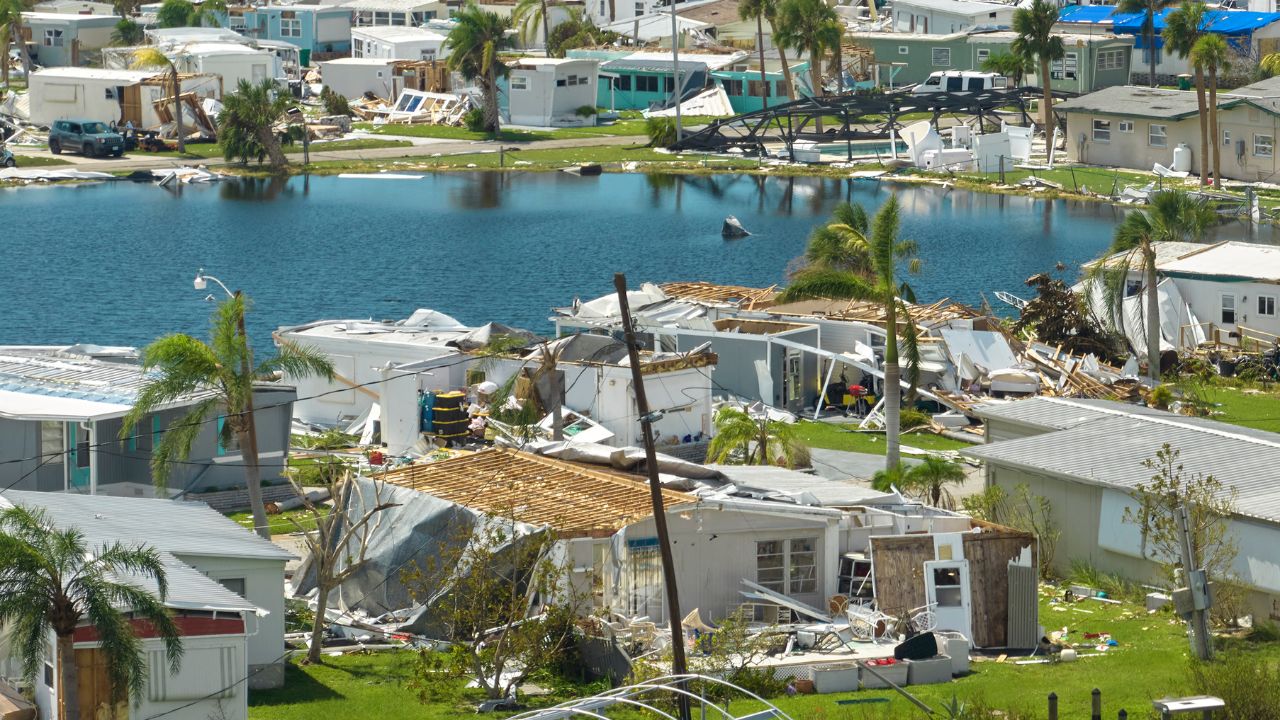Wildfires, storms, and other natural disasters are leading to devastating losses. Business and property owners are facing a higher risk of property damage as well as an increasingly challenging insurance market. There are several ways you can help your clients navigate these rising natural disaster risks.
2023 Broke Records
Several factors are contributing to rising natural disaster losses. One is climate change. According to USGS, higher global surface temperatures increase the possibility of more droughts and more intense storms. Another factor is population distribution. According to Pew, more people are moving to disaster-prone states like Florida and Texas. NOAA says almost 40% of the U.S. population lives on coast, where disasters are more prevalent. As the population as a whole grows, losses from disasters also increase.
In 2023, NOAA recorded 28 separate natural disaster events with losses of at least $1 billion each. That’s a new record, even when adjusted for inflation. Swiss Re says insured losses from thunderstorms also reached a new record in 2023.
2024 may be another destructive year. According to EOS, a wet spring may delay wildfire activity, but some areas may eventually see above-normal wildfire activity. The good news is California is expected to see below-average risks during the summer. However, the East Coast may be battered by storms – USA Today says forecasters predict an extremely active hurricane season with a higher number of storms than ever before. Hurricane losses may put additional pressure on insurers already facing mounting losses.
Insurers Are Pulling Back
Faced with rising losses as well as higher reinsurance costs and more expensive claims due to inflation, insurers are pulling out of high-risk areas. According to Insurance Business, multiple insurance companies have reduced their exposure in California in recent months, including The Hartford, State Farm, Farmers, and USAA. In some cases, insurers are no longer accepting new commercial or personal property insurance applications. Other insurers are not renewing existing policies.
The problem is significant in California, but insurers are also pulling back in other states. USA Today says Farmers Insurance and AAA are reducing their exposure in Florida, whereas Housingwire says there has been an increase in complaints about policy limitations, cancelations, and denials in Washington. Oregon is also seeing insurers pull back, according to Oregon Capital Chronicle.
How Insurance Agents Can Help
Many policyholders blindsided by premium hikes and policy non-renewals are in panic mode. According to The Sacramento Bee, the owner of a small winery in Northern California has seen his premium double, and Oregon Capital Chronicle says the owner of a vacation home in Oregon had to pay nine times more than what she paid for insurance just a year ago. Something similar could happen to your clients.
With proactive communication, you can help your clients navigate the current insurance market.
- Warn your clients about price increases. Prices have already risen, but more rate hikes may be ahead. Insurance Business says State Farm has received approval for a 20% rate increase in California. ABC 10 says the FAIR Plan has received approval for an average rate increase of 15.7% in California, but some property owners in high-risk areas may see their premiums double. Well ahead of renewals, let your clients know that rate hikes are occurring. This will give them the chance to prepare for the financial blow and reassure them you’re on top of the situation.
- Alert your clients ahead of non-renewals. If your clients are with an insurer that’s currently not renewing policies, get ahead of the situation by letting your clients know what’s happening.
- Have alternative insurance options ready for your clients. Some of your homeowners insurance clients may need to secure coverage through California’s FAIR Plan. For business owners, parametric coverage and the non-admitted insurance market may provide attractive alternatives to conventional insurance.
- Talk to your clients about reducing risk. When insurers decide to leave entire regions, there’s little property owners there can do. However, some property owners may be able to make themselves more attractive to insurers by hardening their properties. This also reduces the risk of a loss, which is especially important for policyholders with higher deductibles. Share resources from FEMA and the NFPA with homeowners and from Chubb with business owners. The USDA also has tips for communities.
Do you need help serving your clients in this challenging market? Heffernan Network offers access to national A-rated carriers and exclusive programs and products. Learn more.





